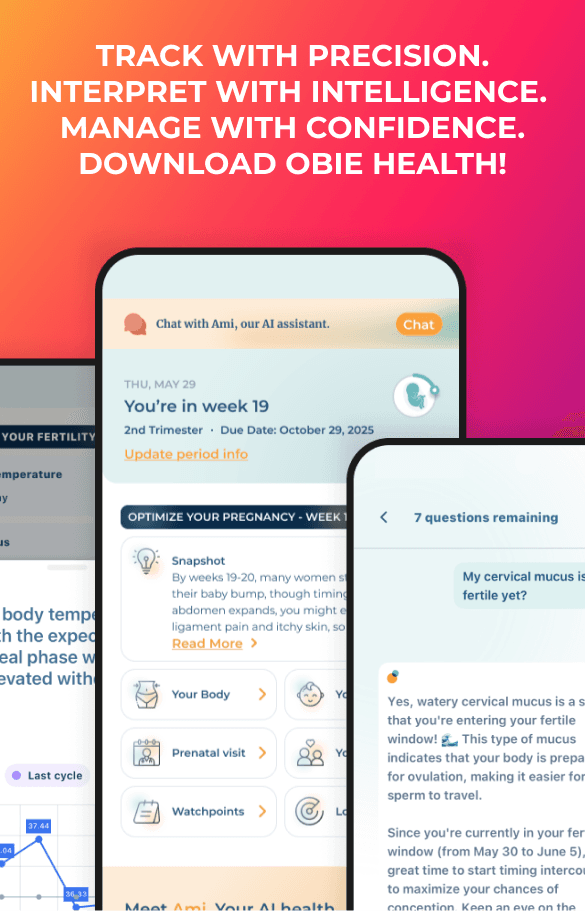What Your Toddler's Tantrums are Telling You
Obie Editorial Team
- Fear
- The feeling of being attacked
- The feeling of being offended
- The feeling of being disrespected
- The feeling of being forced, trapped, or pressured
Some of these aren’t the primary emotion of your toddler when they have a meltdown, but many of them are. For toddlers, another common thing that can cause meltdowns is frustration. After experiencing a blocked goal, your toddler may feel frustrated which then leads to anger and then a tantrum.
Often, parents feel like their child is angry, which in turns causes them to also become angry at their child, but if you know the underlying emotion, you may be able to stop the tantrum more effectively and understand what your child is actually trying to tell you.
Babies cry for the things they want and to display their emotions. Often, toddlers throw tantrums because they’re unable to cognitively show their emotions in a different way. This doesn’t mean that throwing a tantrum is good thing or that you have to put up with your toddler’s behavior. It just means that you may be able to communicate with your toddler more effectively and stop tantrums by addressing underlying primary emotions.
Common Tantrum Behavior
Scientists have discovered that certain types of behavior displayed during tantrums go together. For example, children who throw things during tantrums are also more likely to push and pull things as well. Children who cry and whine often throw themselves on the floor and seek comfort immediately afterwards. Children who scream will also often yell and kick.
Along with the primary emotions and anger, most toddlers who throw tantrums are also sad. They may be sad because they didn’t get their way, but they’re sad nonetheless. Also, they may be angry and sad simultaneously and even though they’re angry at you, they want you to comfort them at the same time. The answer to reading your child’s tantrums is being aware of what triggered the meltdown. It will tell you if they’re tired, frustrated, or just in an all-around emotional mood.
The best thing you can do is be aware of the source, but that doesn’t always mean you can stop it. Tantrums often just have to run their course because bribing, cajoling, threatening, or reasoning will only make it worse. You can however, use appropriate consequences for tantrums that will eventually train your child to understand that tantrums are not appropriate ways of showing emotion or getting what they want. Thankfully, most toddlers stop throwing tantrums around the age of four or five once they’re able to start analyzing and verbalizing why they’re in a meltdown mood.
Source: Alphonse, L. M. (2011, December 6). Temper Tantrums: What Your Toddler is Trying to Tell You (and How You Can Help). Yahoo Shine.







